
PRODUCTS
24-06-2020 di redazione

You can find it in local markets, or watch it bend the branches of the plant on which it grows, the Annona muricata.
It may seem harsh with its spines and huge (a single fruit can weigh up to 2 kg), but not only is it edible, but it is one of the most beneficial fruits found in nature.
We are talking about graviola, also known as Corossole or Guanàbana, very common at the equator.
Its bright green skin (it becomes a little duller and darker when ripe) is thin and has non-hazardous spines.
The flesh is soft, generally white in colour and has a fleshy, juicy texture and a slightly acidic but very sweet taste, the fruit has many black seeds inside that can be easily removed.
It can be cut in half and enjoyed directly with a teaspoon, or used for the preparation of smoothies.
In Kenya, where it abounds, they call it "dawa tamu", which means "sweet medicine".
The graviola is a low-calorie fruit, rich of vitamins of the group B and C, iron, magnesium, potassium, proteins and amino acids.
To these are added other elements with particularly therapeutic indications: acetogenins with anti-tumor qualities, Y-amino butyric acid (GABA) for anxiety, coumarins against bacteria and much more. Precisely for these qualities, the fruit - but also the plant and the leaves, where these elements are more evident - has been utilized since centuries as a natural remedy for the treatment of the most common pathologies, from the infections to the high blood pressure (the assumption of the fruit leads to a natural decrease of the blood pressure, therefore the recourse can be indicated for those suffering from hypertension).
The assumption of graviola is also recommended for the treatment of intestinal worms, in case of stress and nervous problems, for eliminating lice, as well as for toning and strengthening the heart.
RECIPES
di redazione
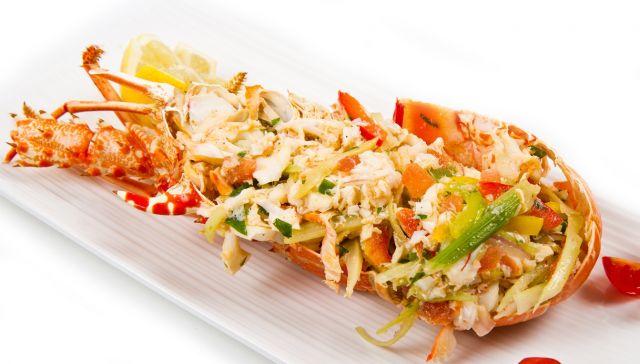
On the African shores of the Indian Ocean, combining fish with fruit is not a gamble, but a pleasant contrast.
On the other hand, if the fish fauna goes so well with lemon, why not also dare with passion fruit,...
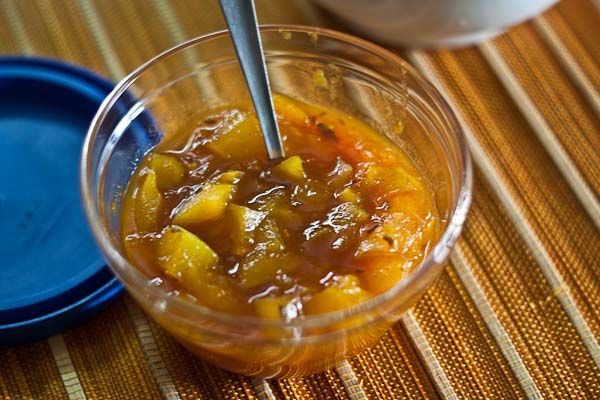
Chutney is a typical English sweet and sour sauce made with fruit or green tomatoes. It is excellent as a sauce to flavor meat and fish foods....
REAL ESTATE
di redazione

Watamu is not an exotic holiday destination like any other, because in addition to delighting the...
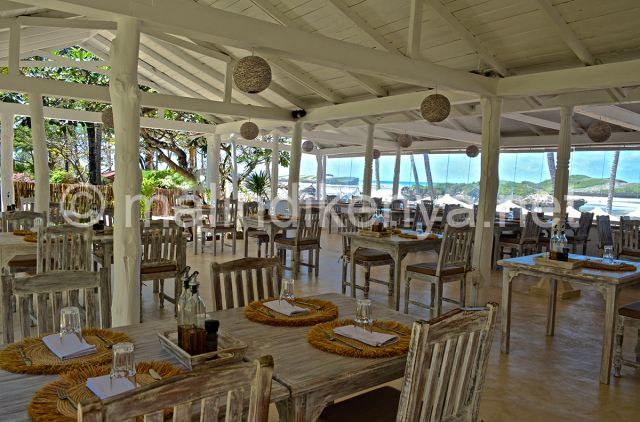
A little gem of an establishment on Watamu's Crystal Bay shines in a new light.
Tamu Restaurant, a terrace restaurant and pizzeria with an enchanting view of one of the...
PRODUCTS
di redazione
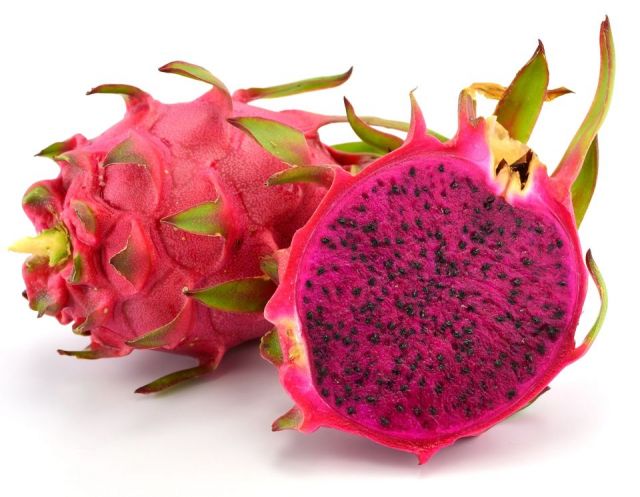
The Dragon Fruit or Pitaya is a tropical fruit belonging to the Cactacaceae family, like the prickly pear. Although it is native to Central and South America, it is now particularly common in Asia and tropical countries where the climate...
LIFE IN KENYA
di redazione

How much does it really cost to live in Malindi and Watamu without working?
How much can a pensioner or someone who has an income live on while savouring the dolce far niente?
Considering the overwhelming return of the desire...
PERSONS
di redazione

A quarter of a century ago, after a life of incessant work and entrepreneurial success in Rome, Remo...
di redazione
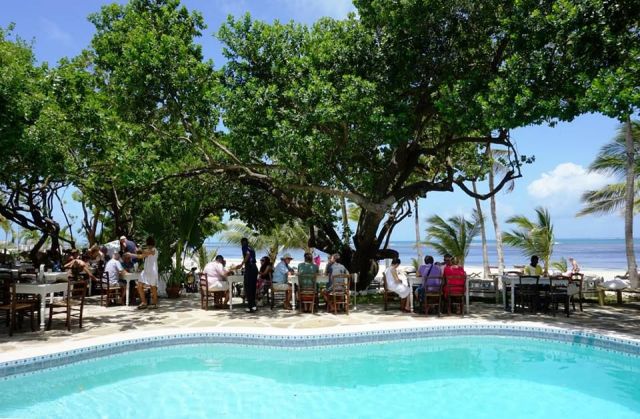
A Ferragosto full of life, taste, and fun in Malindi, in the splendid atmosphere of Pizza O on Silversand Beach.
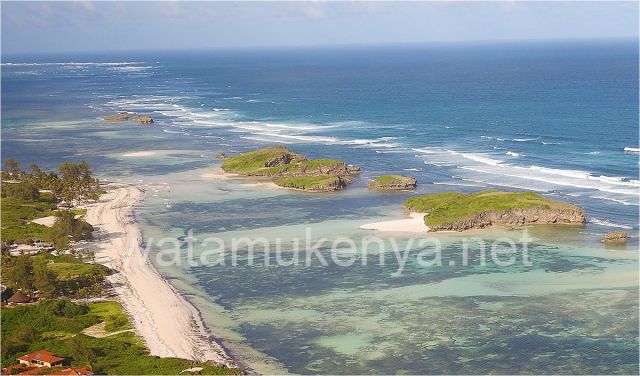
From ancient Arabic scriptures, it is known that the Arabuko forest stretched from just outside Malindi to almost Kilifi and was populated by wild beasts, poisonous snakes (cobras above all) and elephants, which often...

From ancient Arabic writings, we know that the Arabuko forest stretched from just outside Malindi almost to Kilifi and was populated by wild beasts, poisonous snakes (cobra especially) and elephants, who often came down to unexplored beaches and bays protected...
RECIPES
di redazione
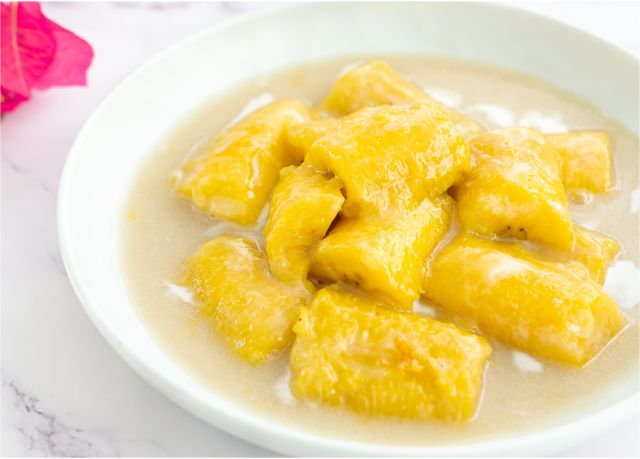
We have already talked about and proposed a classic recipe of matoke or green banana, but today we want to propose you a sweet, unpublished version: matoke in coconut cream and cardamom.
This fruit is very similar to the banana,...
RECIPES
di redazione
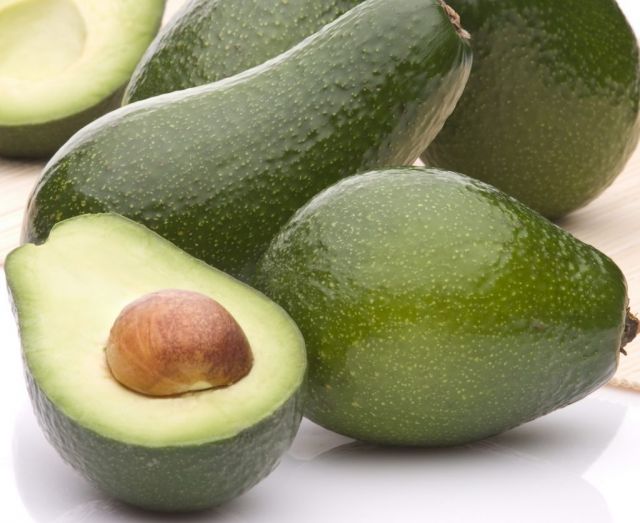
An ancient Swahili legend says that before the arrival of the Portuguese, the natives of the Kenyan coast did not eat avocado but only used oil, because they did not consider it as fruit or vegetables.
When the Portuguese decided...